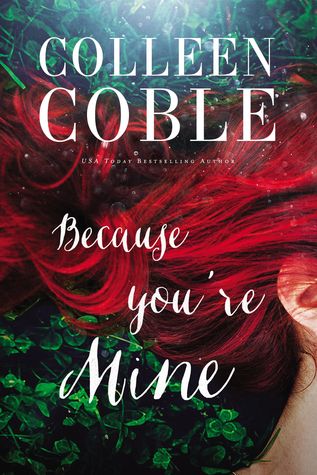It was 1937. July 4th weekend, Mount Freedom (New Jersey, I think). A resort of sorts. She was 16. He was 18.
She was there with her brother and his friends as a thank-you for helping out in his office while his assistant was on vacation.
He was there with his buddies, Harold and Phil, part of an irrepressible boyhood trio that stayed friends to the end of their days.
She was watching some boys play ping-pong. Her brother asked if she wanted to go along to watch some tennis. "No", she said. "I'm going to stay here and beat this boy at ping pong."
They played. The ball bounced from side to side. Quips and laughter also bounced between them. The game ended. I never learned who won.
She joined her brother for lunch.
He found his buddies. Years later Harold told her that he pointed her out to his friends at lunch. "Which one?", asked Harold.
"That one", he replied and pointed to her as she walked away with her brother.
"Ah," said Harold. "The girl with the resonant buttocks."
It must have been quite a walk she had when she was young.
Later that day, she went swimming. Suddenly, he popped up in front of her in the pool. He'd done a stealth approach, swimming up underwater, to surprise her. They spent the afternoon together, but he didn't show up at the dance that was held that night. There is a picture of him with another girl he knew from that weekend. Nearly 70 years later, she recalls that he never told her where he was that night and why he didn't come to the dance, but she suspects it had to do with the other girl.
The next morning she packed up to go home to Brighton Beach. While her brother was checking out, she stood alone. He came and joined her and asked if he could call her. She gave him her phone number. She was 16. He was 18. When he died, 44 years later, that scrap of paper with her phone number was still in his wallet. "I still have it somewhere", she muses.
He did call. And took the train forever and a day from The Bronx to Brighton Beach. They walked with friends along the boardwalk. As they strolled, they met her father and uncle, coming back from their morning walk. It was the only time he met her father.
He wrote her letters. Beautiful letters. A love poem that was a parody of The Raven. She saved it for years, but then got mad at him one time and threw all his letters out.
"Are you sure you want to do that?", her younger brother asked.
"Yes!", she replied vehemently.
"You may marry him some day." her brother said.
"Never!" was her response.
Her brother retrieved the love letters from the trash and copied them in his own hand. Sent them to the girl he would marry--who once confided to her that Her younger brother was such a good writer and a poet. Did She know that Her brother written a love poem based on The Raven?
She was furious. "It was good stuff." her brother told Her. "And you didn't want it. Why should it go to waste?"
Their second date, they met at Cousin Ethel's house rather than him having to make the long train trip out. And their third date, too. After that, she knew him well enough to meet him in the city. They dated on and off. She went to College--Brooklyn College. He took time off between college and starting Medical school to go to Albany. He asked her to meet him at the train to see him off. His whole family was there. It was the only time she met his father. "If I'd have known his family was going to be there, I wouldn't have gone!", she now confesses.
She was 16, he was 18. They dated on and off, and she would get mad at him and tell him to go away. He was too fresh. But he always came back. One night her aunt complained to her mother that she was sitting out on the stoop too late in the night with that boy.
"Mama," she said. "Do you know what we were talking about? We were discussing the dorsal dissection of a cat."
She'd send him packing. He'd come back. Other boys wooed her. They didn't win her. For, suddenly, one day, she realized she loved him dearly. And couldn't live her life without him. When he'd hear her tell the story, he'd smile. He knew, you see. He knew from that first day. When she was 16 and he was 18.
Pictures from the Mt Freedom Weekend. She made the sundress she was wearing. He probably threw the game to talk to her some more











